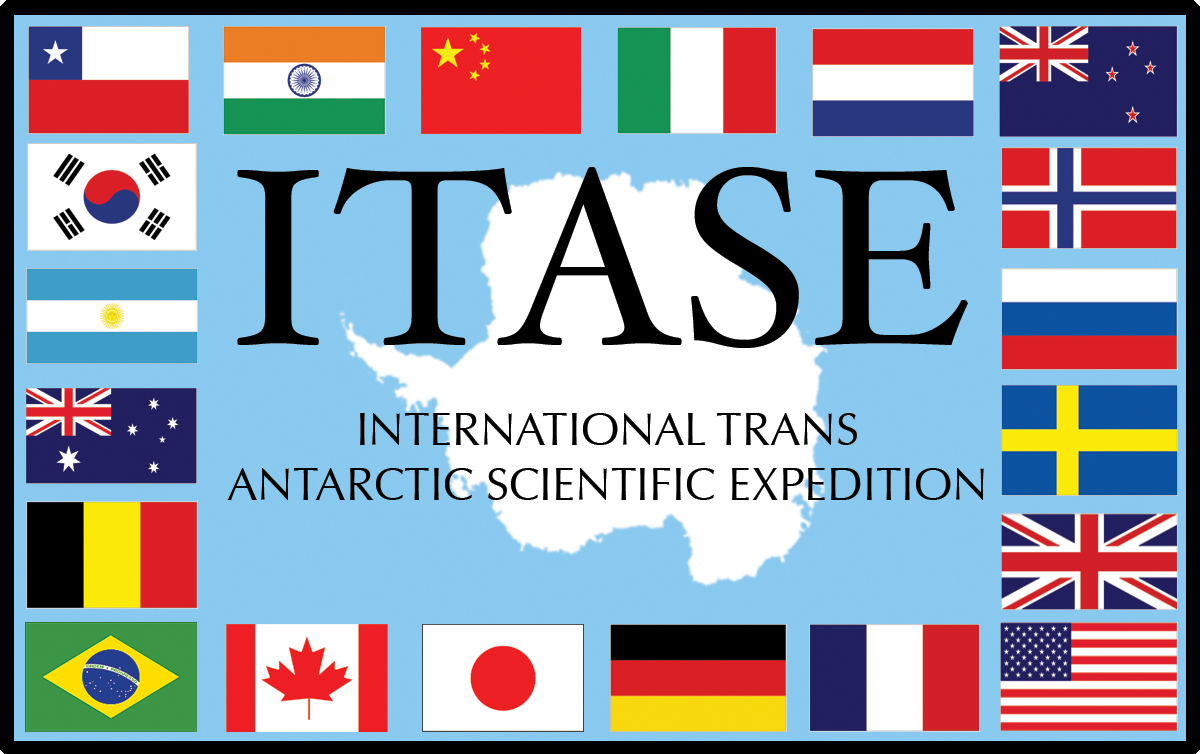
Project Overview
THE INTERNATIONAL TRANS ANTARCTIC SCIENTIFIC EXPEDITION (ITASE) is a multi-national (20 nations), multi-disciplinary field research program focused on understanding the recent environmental history of Antarctica and the Southern Ocean through overland traverses of Antarctica. ITASE is focused on collecting records of environmental change, primarily through ice cores and related glaciological observations, covering the last 200+ years to allow examination of the modern anthropogenic era (aka last 100 years) plus at least the previous 100 years of naturally forced climate.
The United States contribution to ITASE (U.S. ITASE) completed its first phase of traverses over the course of 4 field seasons from 1999-2003. U.S. ITASE Phase 1 focused on a series of traverses extending over much of West Antarctica and a portion of East Antarctica. At the completion of Phase 1, U.S. ITASE had completed >5000 km of over snow traverses conducting field experiments and observations involving ice coring, ice dynamics and surface glaciology, geophysics (deep and shallow radar soundings), and atmospheric chemistry in order to understand annual to multi-centennial scale climate variability.
U.S. ITASE Phase 2 activities are focused on a series of scientific traverses, over the course of two field seasons, in the region of Taylor Dome (Northern Victoria Land) to the South Pole. The first season (2006-2007) of Phase 2 activities was just completed. Ten ice cores, totaling more than 460 meters of ice, were collected across the traverse along with snowpit samples and surface snow samples. Deep radar sounding (to determine ice sheet thickness, internal layer structure, and bedrock topography), shallow radar sounding (for studies of firn stratigraphy and to look for crevasses), high-precision GPS surveys (to determine mass balance, ice flow direction and speeds, and ice surface topography), and high-resolution ice core density measurements were also conducted along the traverse route.
Project Organization
U.S. ITASE is funded by the Glaciology Program (Julie Palais) of the Office of Polar Programs at the NSF. The Science Management Office (SMO) at the University of Maine coordinates the science and logistics organizations. Paul Mayewski leads the U.S. ITASE SMO and is also the Chair of ITASE.
Contact Information
More information about U.S. ITASE can be found at http://www2.umaine.edu/USITASE/ or by contacting Paul Mayewski or Ann Zielinski.
